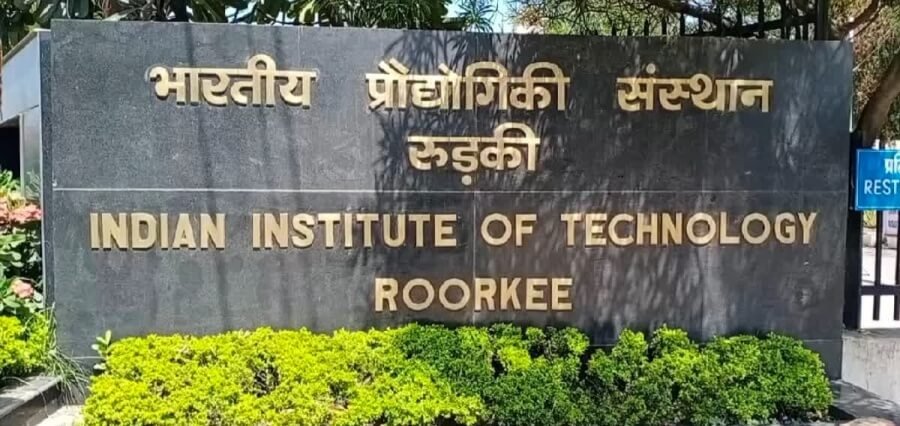While most long-term COVID patients eventually regain their sense of smell, some suffer from these symptoms for months or even years at a time, which negatively impacts their appetite and general quality of life.
According to a recent study, individuals with COVID-19 who experience a chronic loss of smell may benefit from an experimental treatment.
Research that will be presented at the annual meeting of the Radiological Society of North America (RSNA) suggests that researchers may have made significant progress towards restoring the sense of smell for long-COVID patients through a minimally invasive procedure.
As a recognised symptom of COVID-19, parosmia—a disorder in which the sense of smell malfunctions—affects as many as 60% of patients.
While most long-term COVID patients eventually regain their sense of smell, some suffer from these symptoms for months or even years at a time, which negatively impacts their appetite and general quality of life.
Dr. Adam C. Zoga, the study’s lead author and a musculoskeletal radiology professor at Jefferson Health in Philadelphia, observed that post-COVID parosmia and its effects on patients are becoming more widely recognised.
He continued, “Patients can develop a distaste for foods and drinks they used to enjoy.”
In addition to having a warped sense of smell, some people experience phantosmia, which is the inability to detect odours in their environment—either unpleasant or pleasant.
As part of their investigation into a possible therapy for chronic post-COVID parosmia, scientists focused on the advantages of CT-guided stellate ganglion block.
The nerves on either side of the neck, known as the stellate ganglia, are a component of the autonomic nervous system and are in charge of sending specific signals to the head, neck, arms, and upper chest.
In order to activate the local autonomic nervous system, the research team performed a stellate ganglion block, which involved injecting an anaesthetic directly into the stellate ganglion on one side of the neck.
Less than ten minutes in length, this minimally invasive procedure does not involve sedation or intravenous analgesia, and it has been used with variable degrees of success for a number of conditions, such as cardiac arrhythmia, phantom limb pain, and cluster headaches.
Fifty-five percent of the 54 patients who had COVID-19-related parosmia that had persisted for at least six months and were not responding to other treatments were followed up with. After receiving the injection, 59% of patients reported feeling better after one week, and by one month, 82% had seen a noticeable improvement in their symptoms. These patients’ symptoms had improved by an average of 49% after three months.





